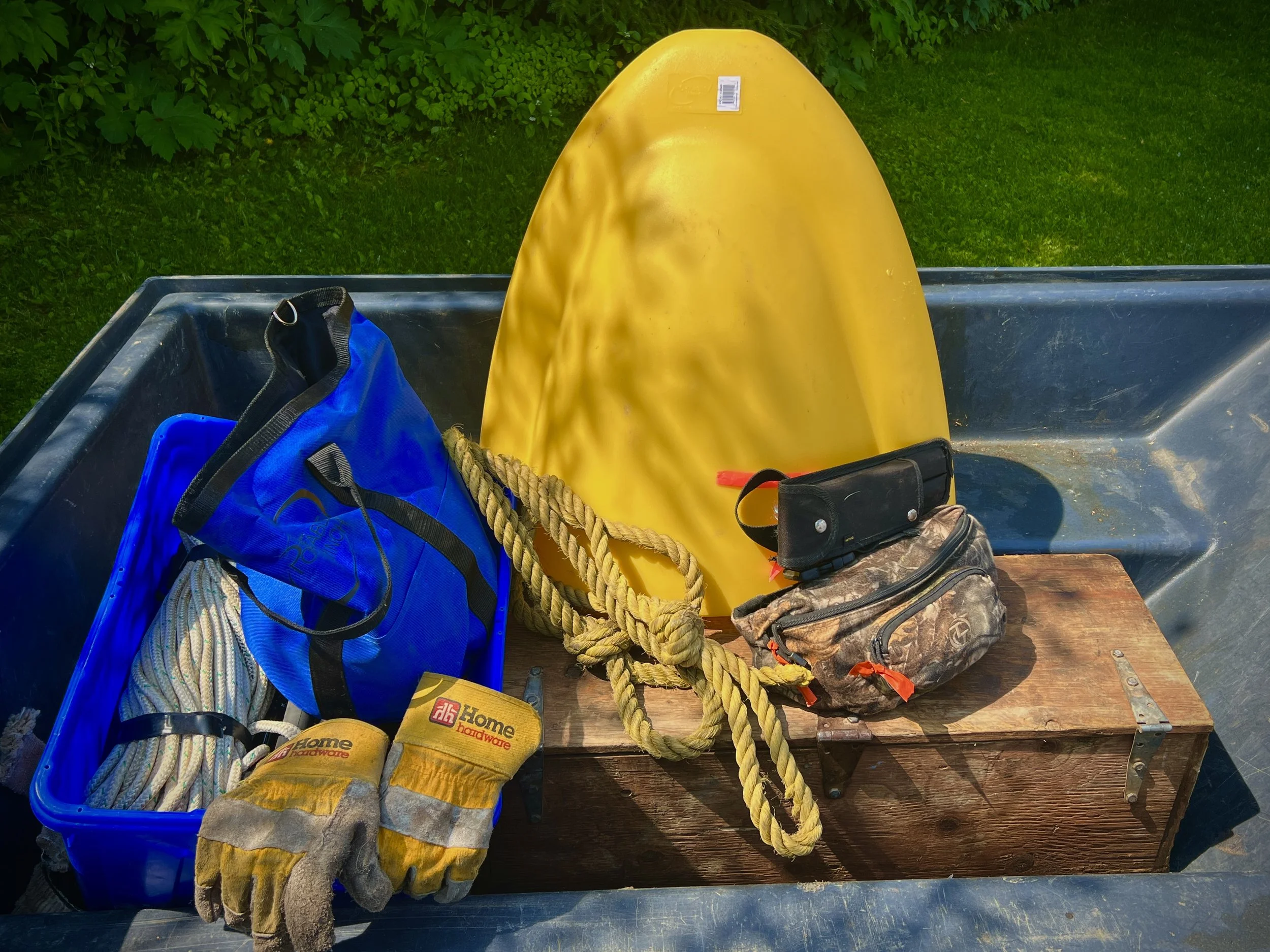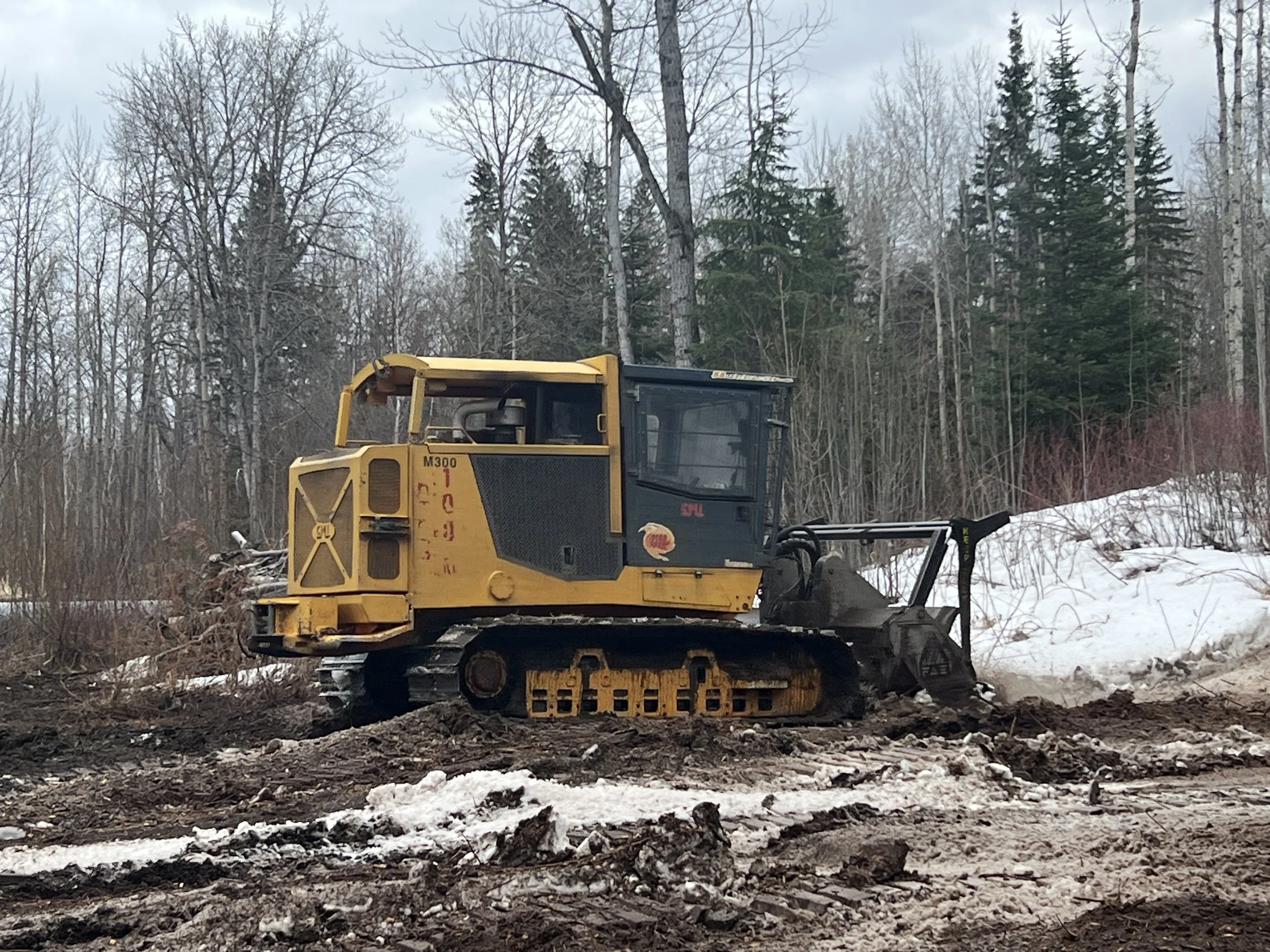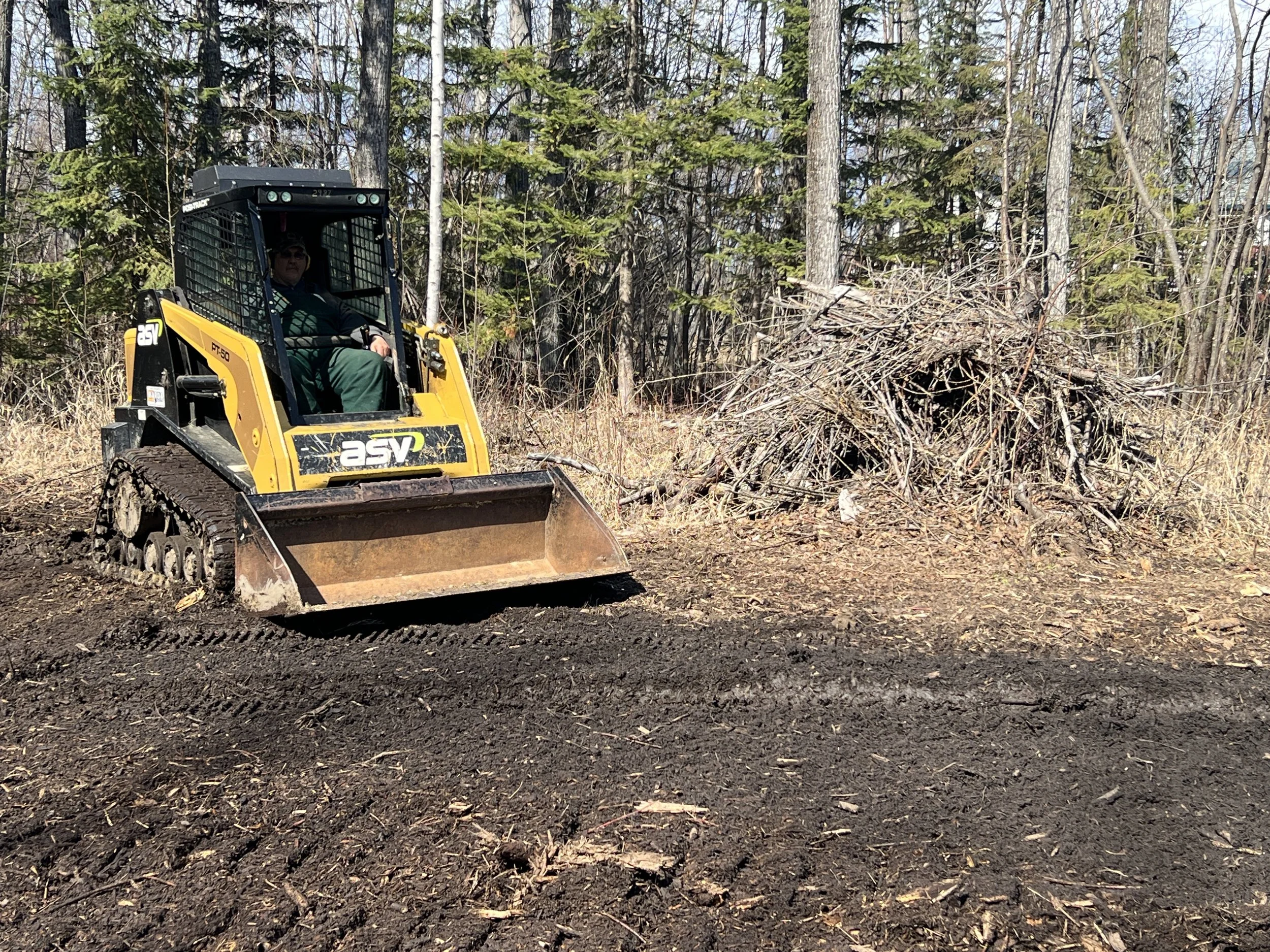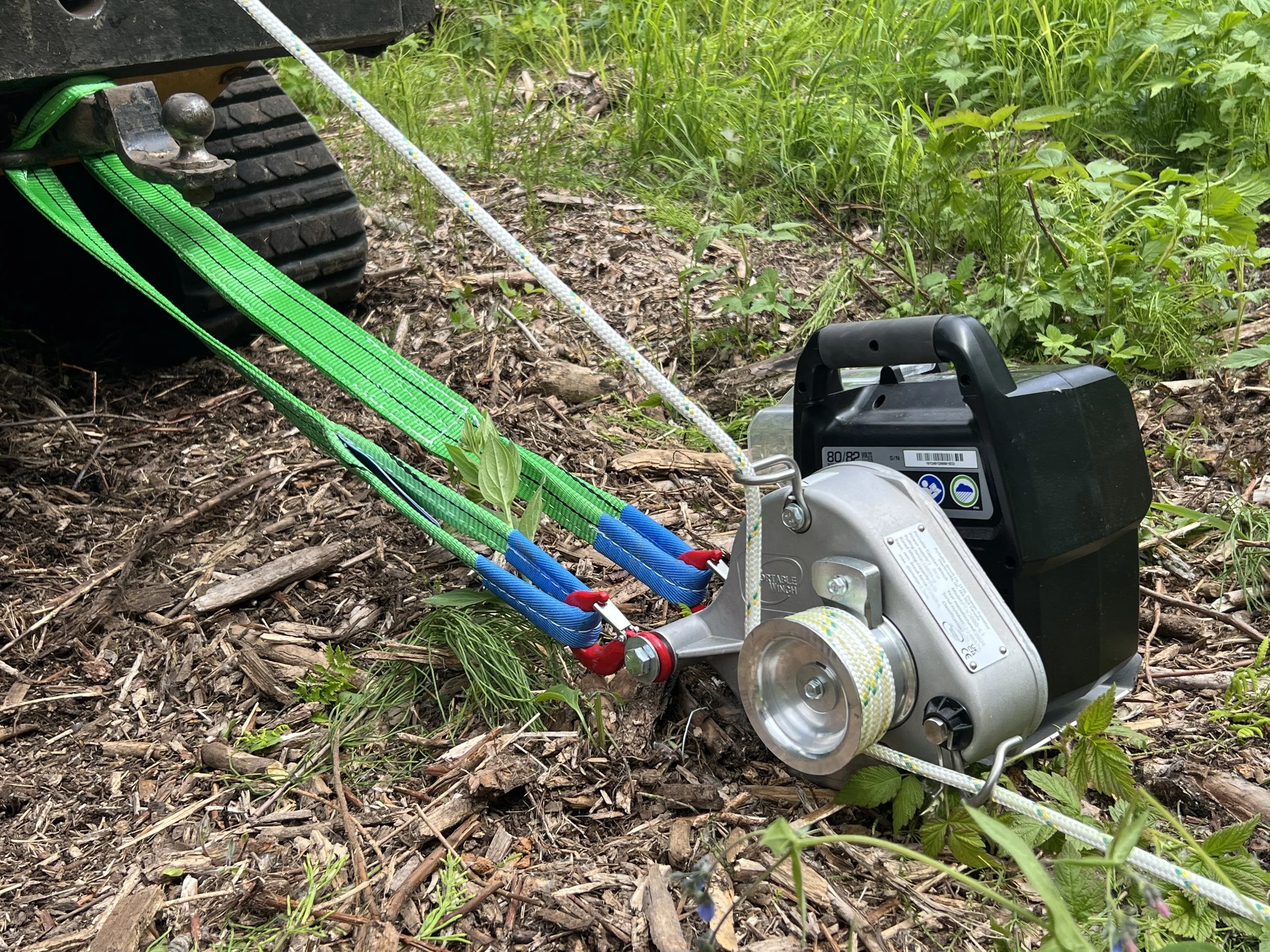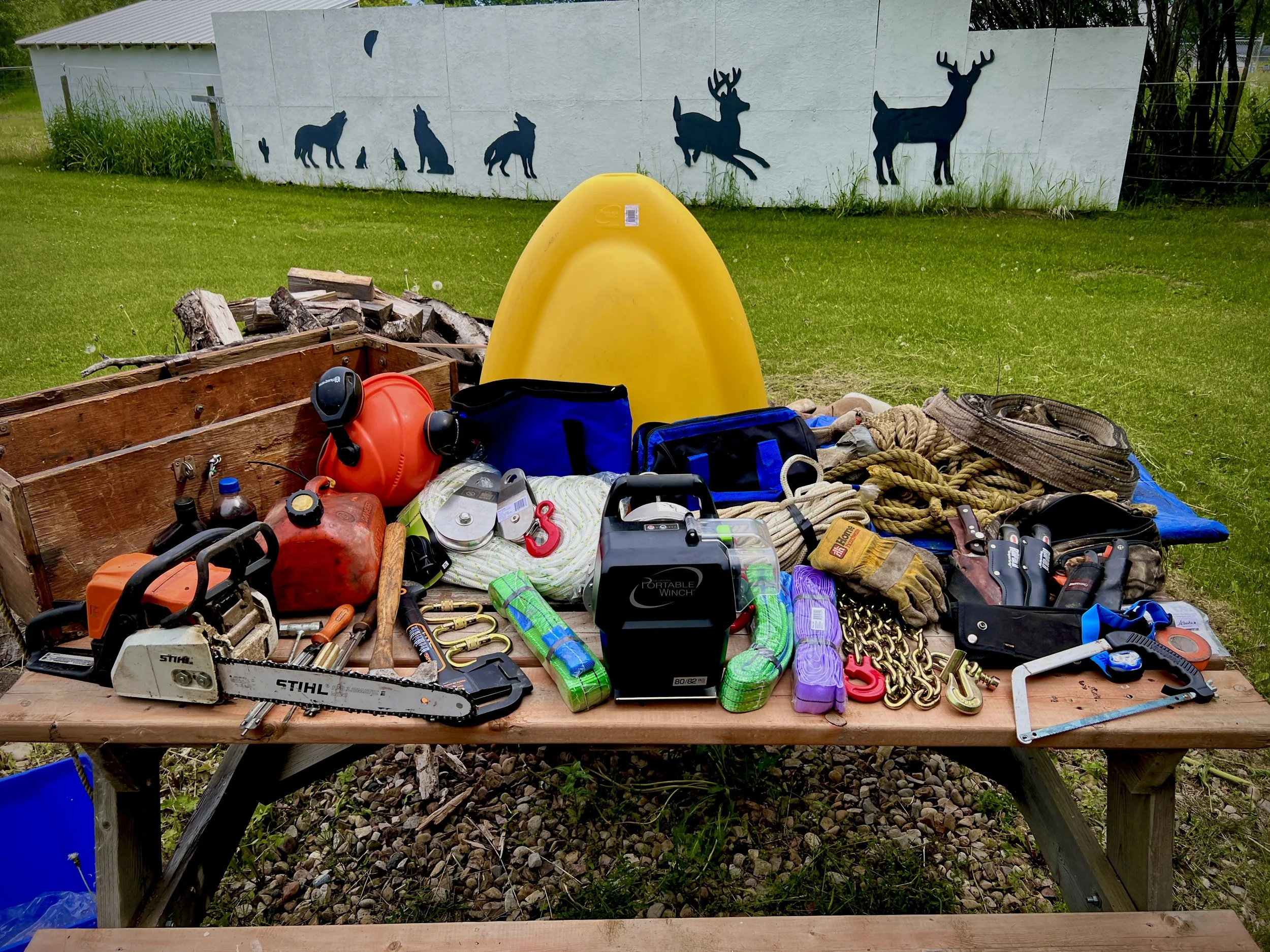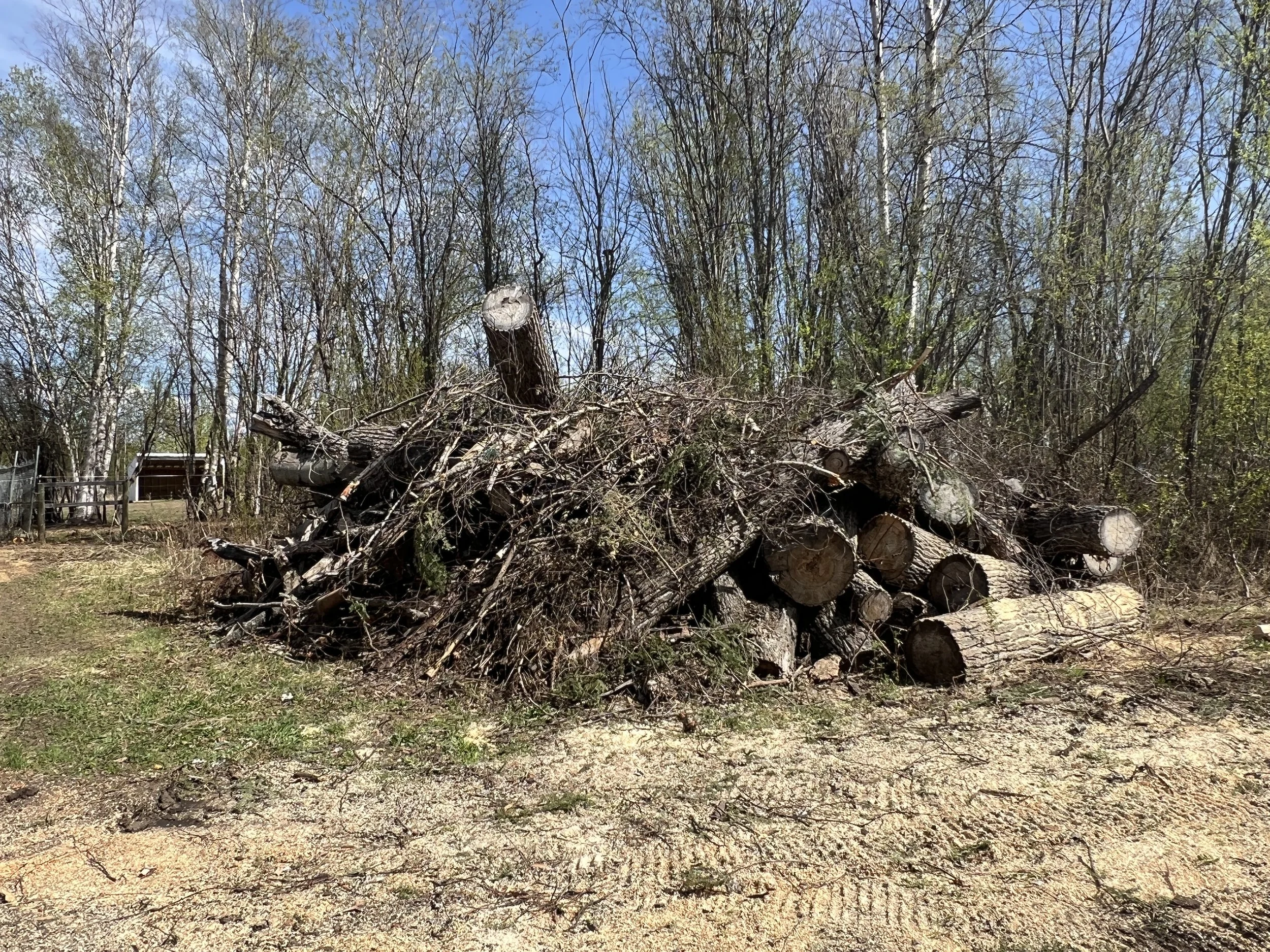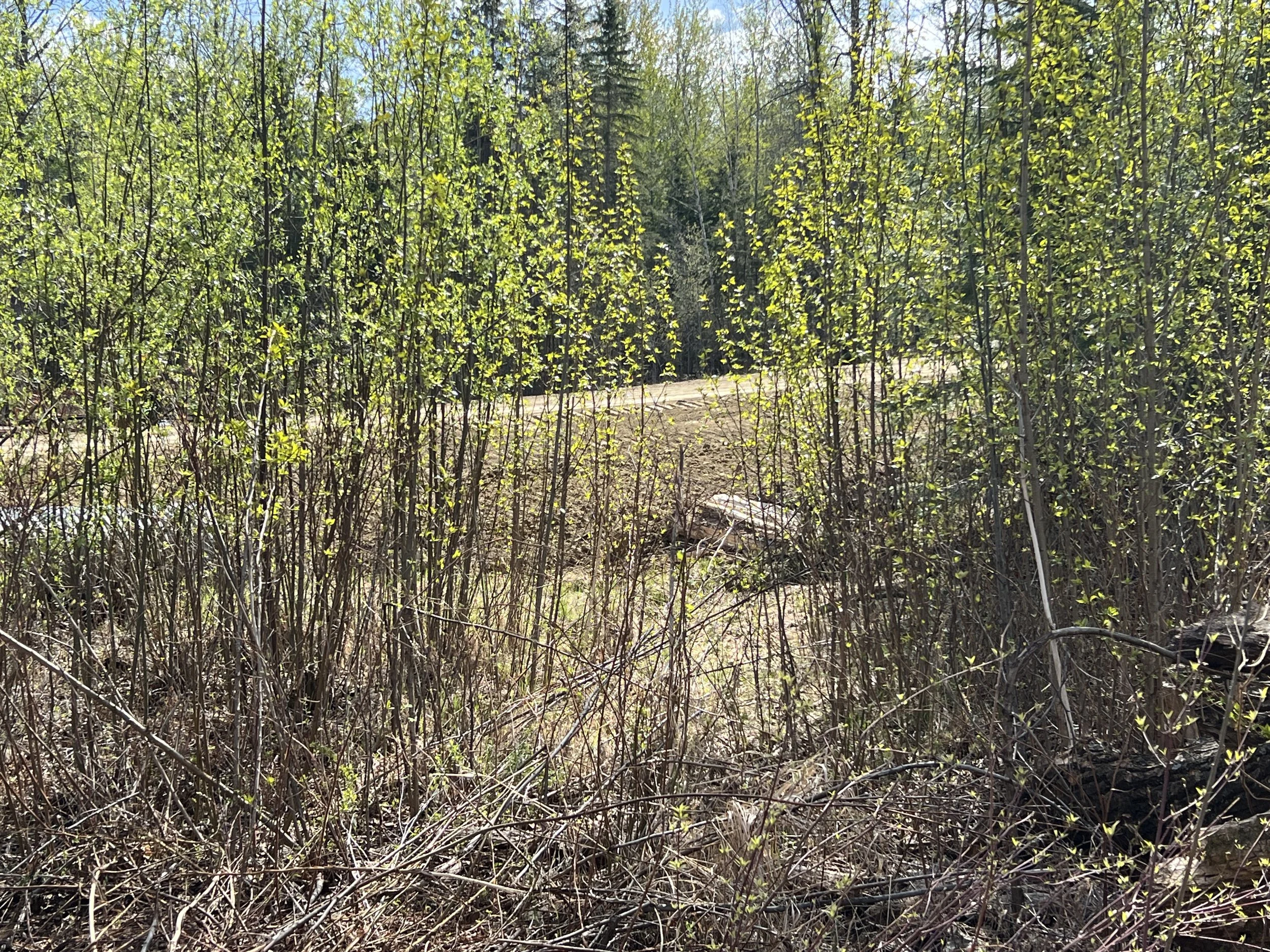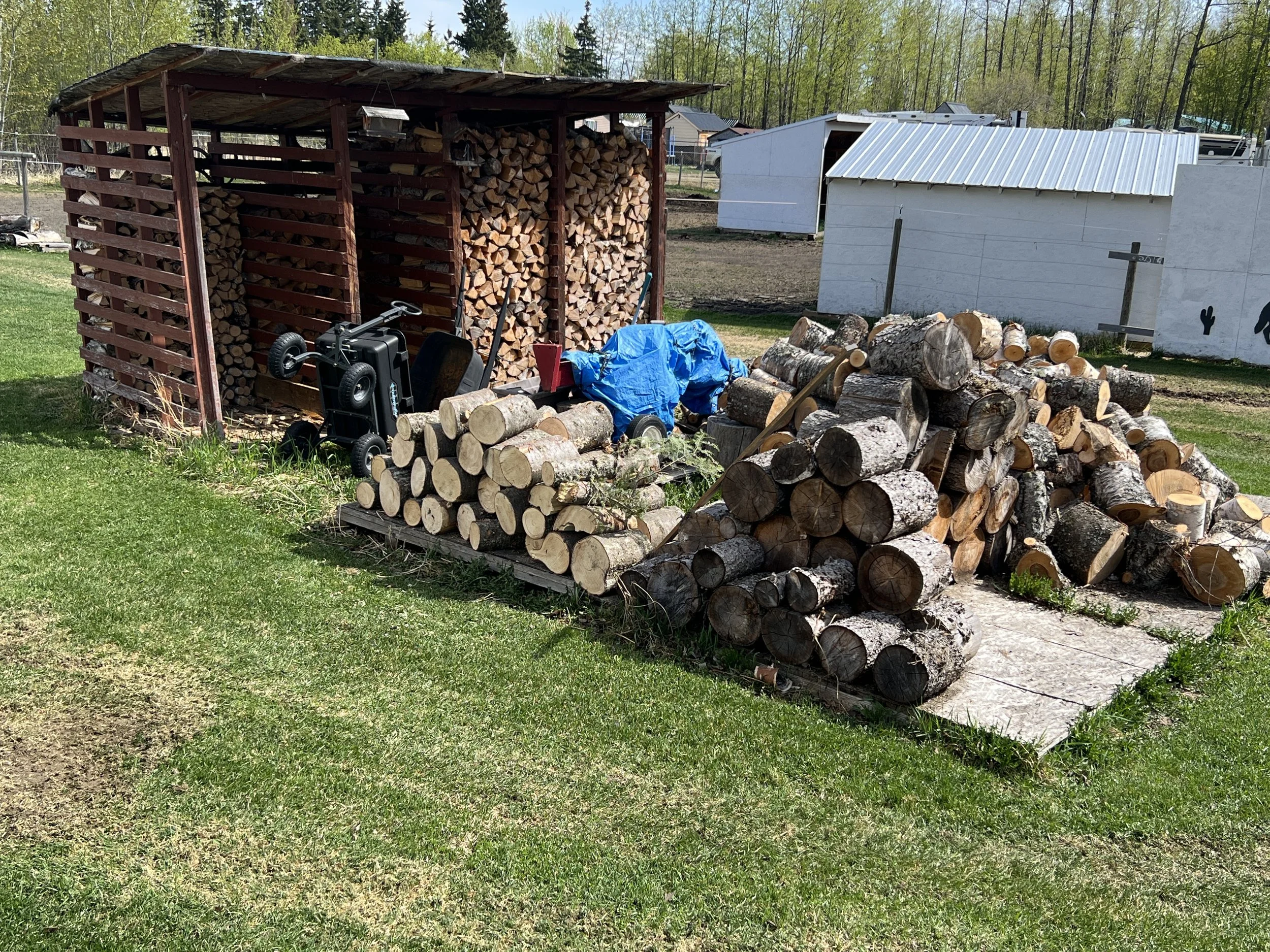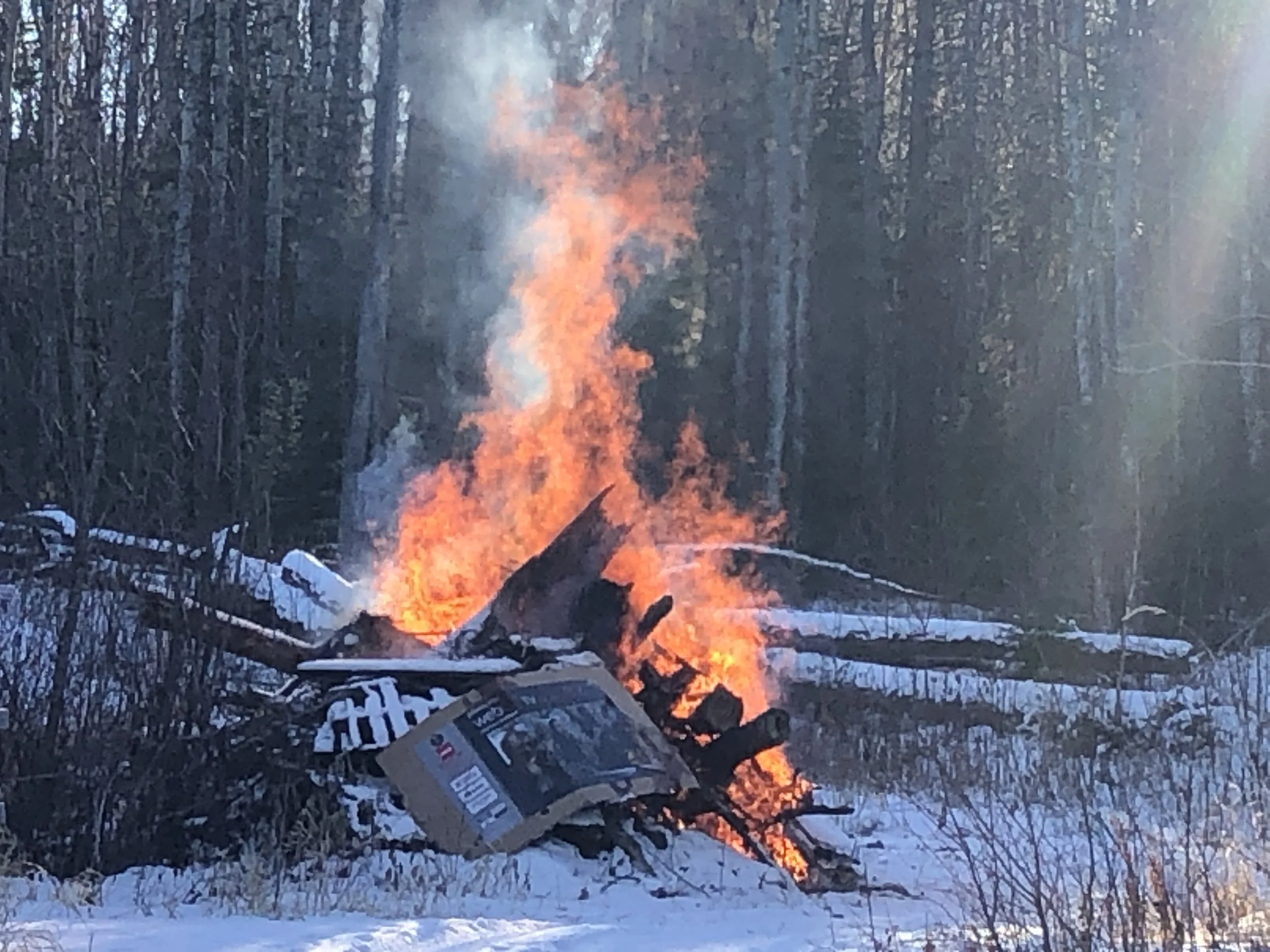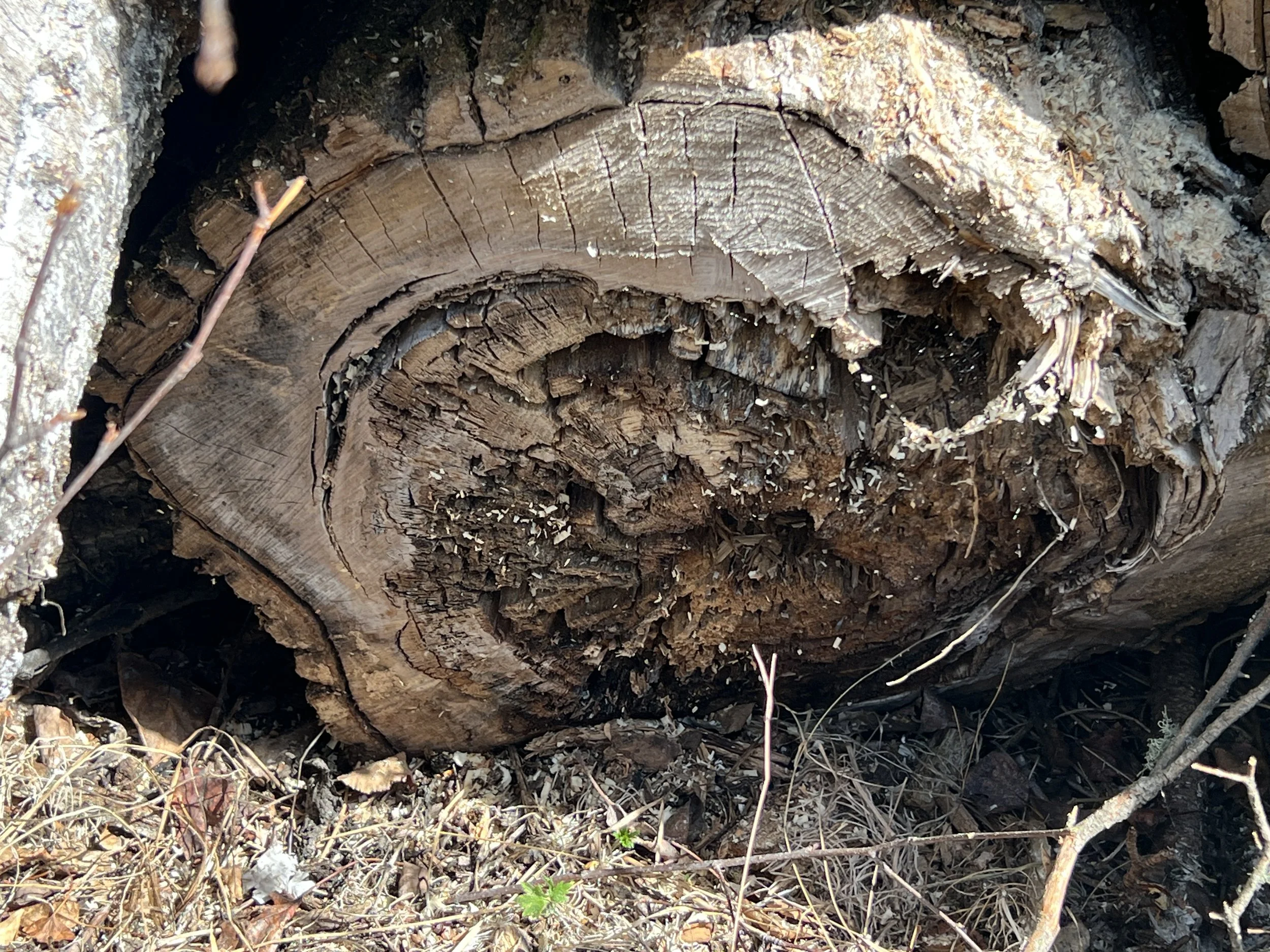The Essence of Successful Planning
The Essence of Successful Planning
By Keith Denoncourt
One of the most valuable assets anyone can bring to an outdoor adventure is the time and dedication it takes to prepare well in advance. How often have we seen a last-minute crisis or distraction lead to a critical failure in our plans? There’s nothing I dislike more than having to rush to meet a deadline—because that’s exactly when things fall apart.
To avoid such mishaps, I recommend breaking down each component of your plan into broader key categories, and then thoroughly inspecting and preparing each item to ensure it’s 100% ready for immediate use. This approach stems from my time working in Emergency Services, where we performed daily and weekly checks on all emergency gear. We were trained—and expected—to treat each item individually and confirm it was fully operational before classifying it as “ready.”
Having every aspect of your adventure compartmentalized in to a few smaller manageable items is recommended. Here is my animal recovery / forestry management kit 100% ready to go in the back of my quad trailer. It is very simply arranged in to my Chainsaw box, my Portable Electric Winch kit, and my Butchering bag. Each individual item has passed inspection and is prepared to be 100% fully operational.
A Forestry Mulcher, along with chainsaws, were some of first necessary tools that were required to move the larger dysfunctional trees in to a burn pile.
The tracked skid steer moved the smaller dead brush into piles that will be burnt off this winter. It was also used to haul the salvageable firewood to the wood processing station on the acreage.
Nothing is more frustrating than counting on a piece of gear only to have it fail because a critical component was overlooked. A flashlight with dead batteries is just as useless as a chainsaw that won’t start—or a firearm without ammunition. Every item should meet the standard of “fully operational” before it’s considered good to go. It’s the same principle as sharpening your knife before leaving the house.
The Portable Electric Winch was also used to move the trees directly to the heavy equipment for processing. In several incidences we were in a very tight area and without the Portable Electric Winch we would have been forced to compromise the protected areas.
Recently, I’ve been working on a FireSmart project around my acreage. Surrounded by boreal forest, I’ve come dangerously close to losing my property to wildfires more than once. To better protect my home, I had to remove several dead or rotting trees, along with others used for firewood. This required planning, the right equipment, and an attention to detail to ensure the area could regenerate and support a healthier ecosystem.
I used chainsaws and heavy equipment to move larger timber to where it needed to go, processing it into firewood or placing it in controlled burn piles. My guiding principle was simple: if the tree was dead, dysfunctional, or not in a desirable location, it was removed.
But as a landowner, my responsibility isn’t just to remove trees—it’s to protect and regenerate the habitat. One of the most effective tools I used was the Portable Electric Winch, which allowed me to extract deadfall located dangerously close to a nearby creek without disturbing the riparian zone. Keeping heavy equipment off those sensitive areas helped preserve regeneration sites and maintain a strong buffer around the waterway.
Using the right tools for the right job made a huge difference. It allowed me to protect my home immediately, while also supporting long-term forest health. Already, I’m seeing signs of rapid regrowth in the cleared areas. It’s proof that with proper planning and the right equipment, we can achieve both safety and sustainability.
This is my Animal Recovery, and Forestry kit, broken down into its individualized critical components. Each individual item plays a critical role, and necessary link, in the overall success of the operation. The main topics are Chainsaw, Portable Electric Winch, and Butchering Kit. Every individual item is then inspected for 100% quality and systems readiness before it is ever packaged in to its larger category. This is done after every use. Only once the overall category is checked then it is put in to operation.
Thank you for respecting wildlife and the environment. And please—consider supporting a nonprofit conservation organization. Every bit helps.
– Keith
A burn pile is created for rapid decomposition this winter.
Using each tool for its desired purpose has led to massive regeneration already. Here are some samplings the will regrow next to the creek and maintain the buffer zone on my property.
Firewood is collected and utilized from my Firesmart activities near my home.
A winter controlled burn is used for rapid decomposition. Special care and attention is required to ensure the fuel source is dead by time spring hits. Forestry burn permits are advised.
Trees that are Dead, Dysfunctional, or Diseased needed to be removed.

